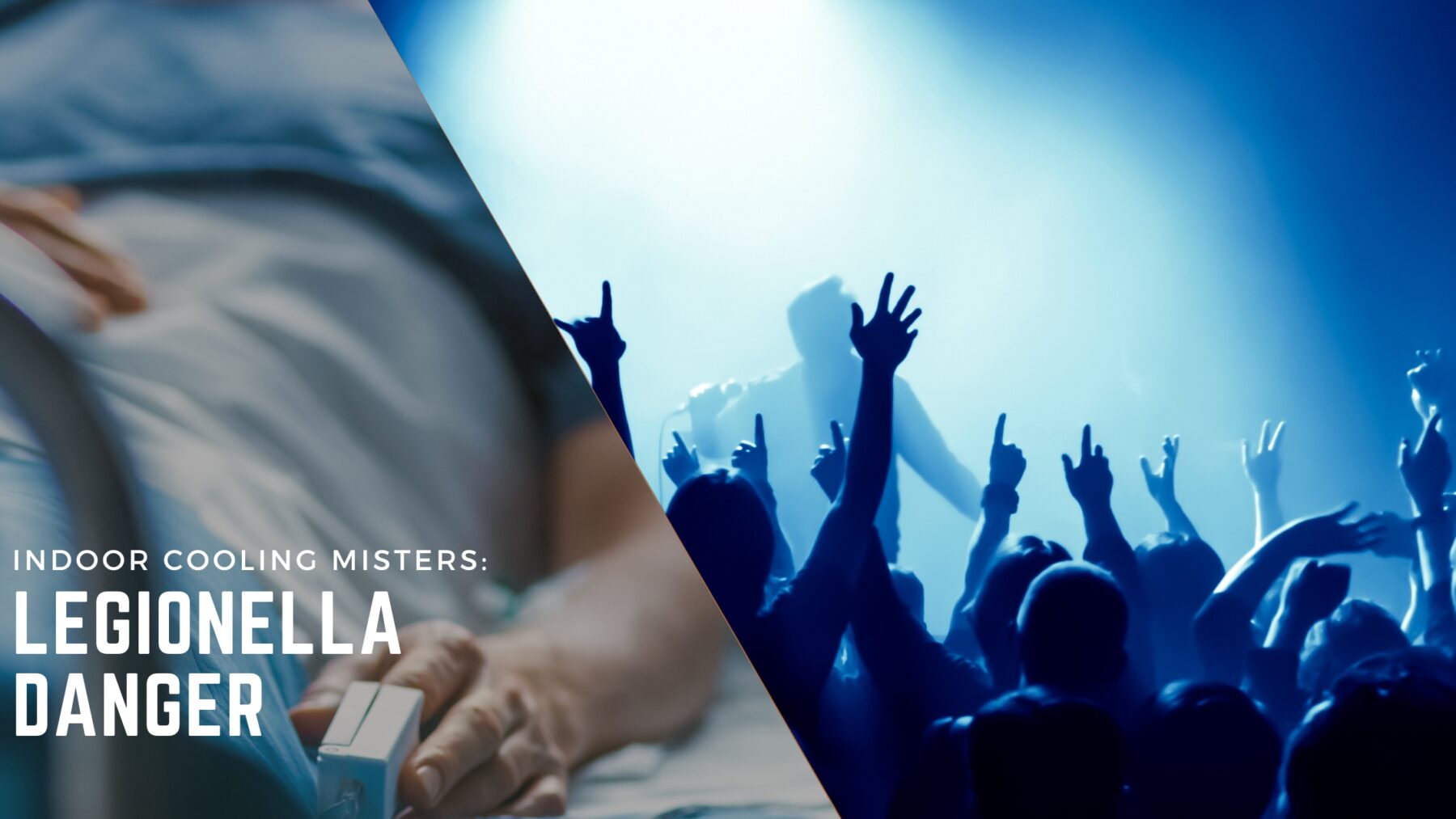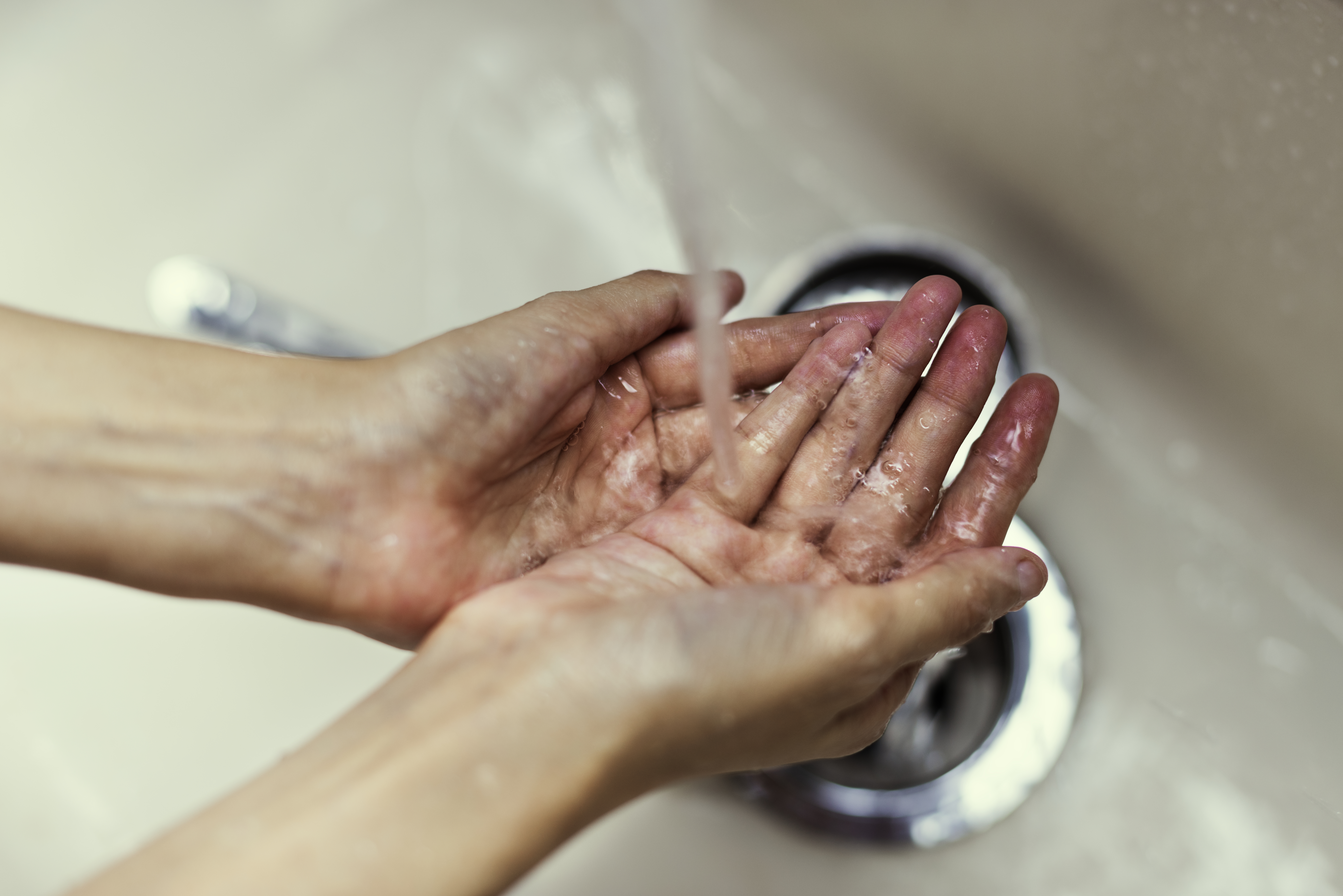Legionella is not as uncommon as most think. With summer approaching, water systems such as cooling misters need to be routinely cleaned, disinfected, and treated. It’s not just outdoor cooling misters.
A 22-year-old attending a concert last June developed a fever and malaise just 2 days after the concert. Doctors initially diagnosed her with blood poisoning, then pneumonia. After being admitted to the hospital, she fell into a coma for 16 days. Ten days into her hospital stay, doctors discovered the patient had Legionnaires’ disease and not blood poisoning or pneumonia.
The cause was traced to the smoke machine used at the concert she attended.
Allegedly, the misdiagnosis and treatment she initially received led to an issue with decreased blood circulation to her limbs. In July, both of her legs were amputated below the knees.
According to the Centers for Disease Control & Prevention (CDC), Legionella bacteria can cause a serious type of pneumonia (lung infection) called Legionnaires’ disease. Legionella bacteria can also cause a less serious illness called Pontiac fever. Illness ensues when humans inhale the bacteria-laden water droplets. This is more common in elderly immune-compromised individuals, but it is estimated that between 8,000 and 18,000 are hospitalized annually in the U.S. due to Legionella exposure.
Most of the time we hear about Legionella being caused by cooling tower mists, or air conditioning systems that develop the bacteria, but Legionella can easily develop in anything that contains a water basin. Decorative fountains, humidifiers, hot tubs, and even shower heads that are not properly flushed can be sources of Legionella bacteria.




